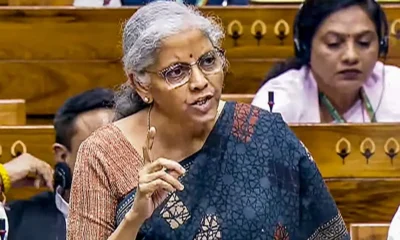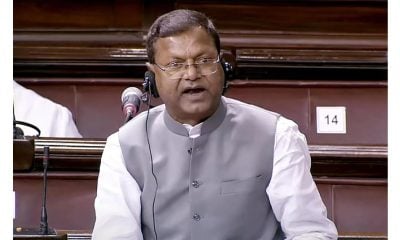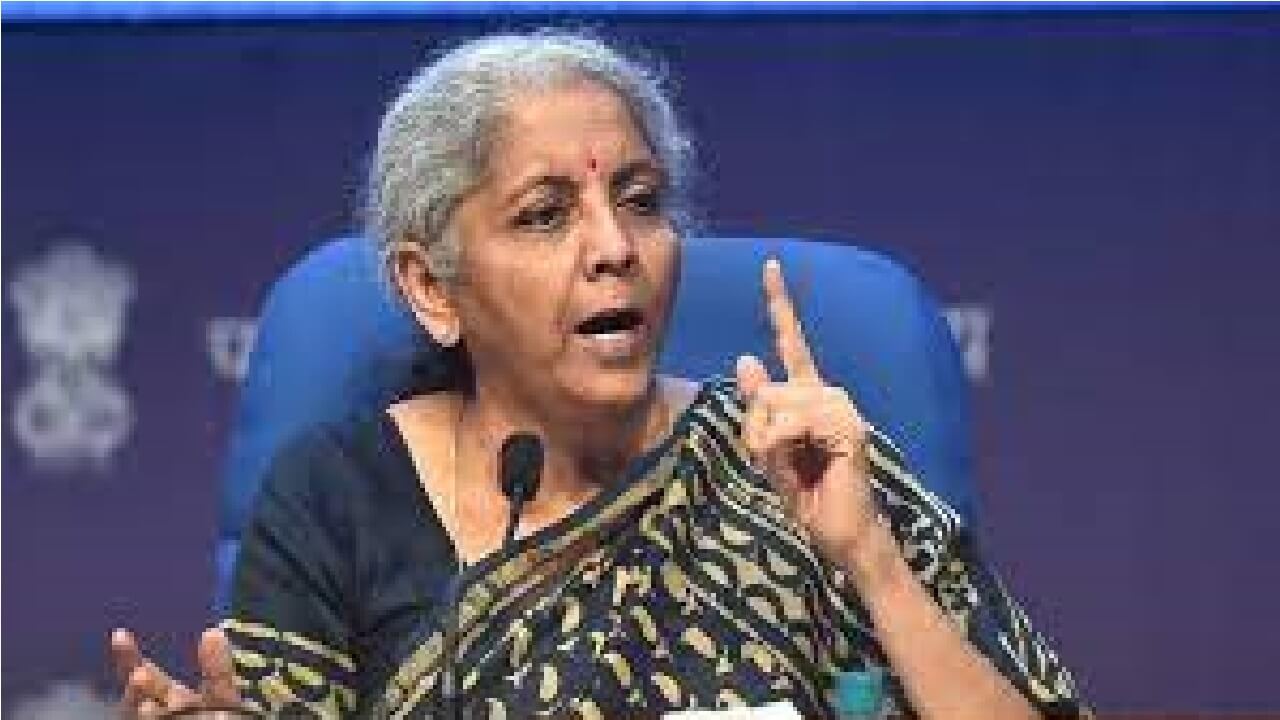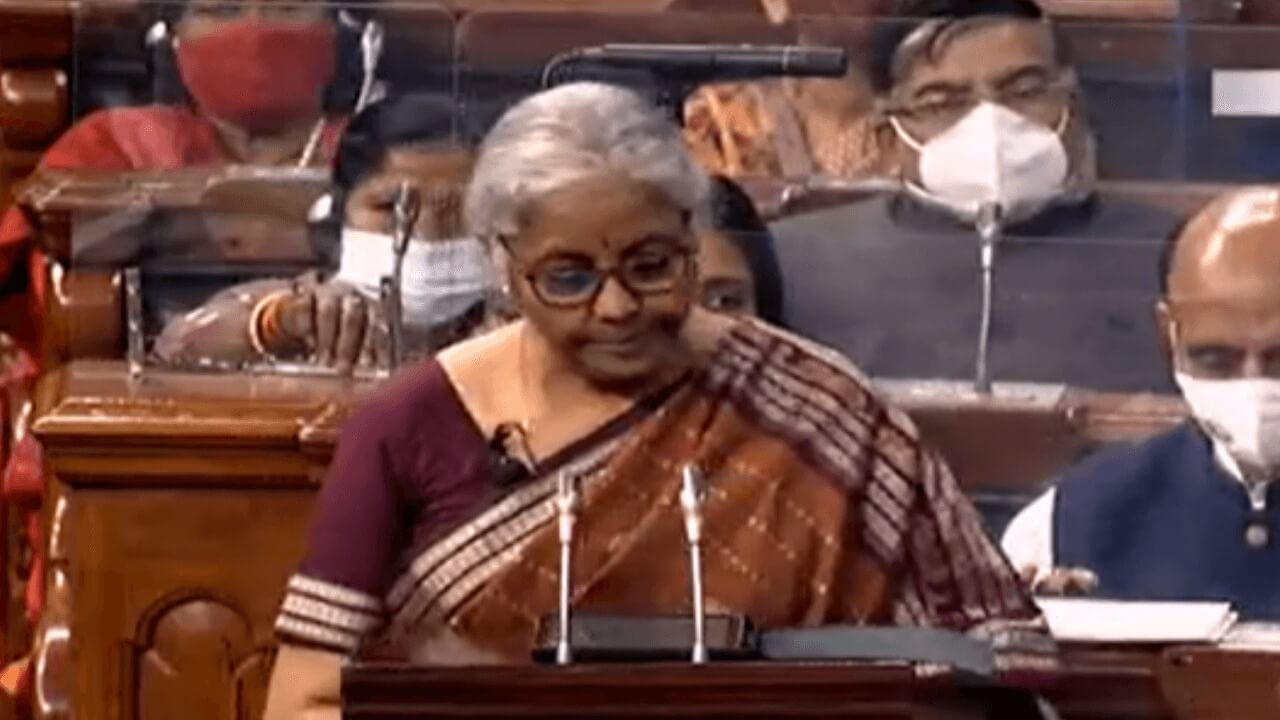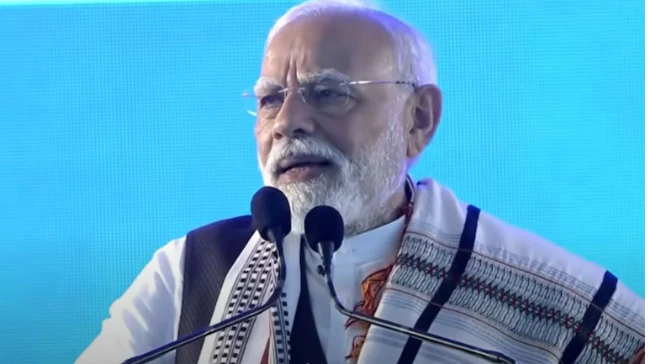It has now been eight years since the twin balance sheet problem first materialized, and the cost to the government and society is rising
By Sindhu Bhattacharya
Is it just a matter of nerves—this reluctance on the part of the government to set up a Bad Bank which will tackle India’s alarming bad loans’ problem? It is no secret that India’s banks are drowning in bad debt. Ratings agency Fitch had previously expected the stressed-asset ratio for Indian banks to increase to 12% in the financial year to 31 March 2017 (FY17) from 11.4% in FY16. There is now a risk that the ratio will climb higher, thanks to demonetization, it says. Speaking of demonetization, one wonders at a government which has had the nerve to thrust such an economically disruptive measure on a country of over 1.2 billion people but continues to shy away from setting up a Bad Bank to rescue its own banking system from collapse.
The concept of a “bad bank” involves the takeover of assets from public sector lenders, thereby forcing them to focus on their normal commercial activities. It has been tried in some other economies faced with similarly stressed banks. The government’s own Chief Economic Advisor, Arvind Subramanian, has strongly advocated creation of such a bank in the annual report card of the Indian economy presented last week, saying “India has been pursuing a decentralized approach, under which individual banks have been taking restructuring decisions, subject to considerable constraint and distorted incentives. Accordingly, they have repeatedly made the choice to delay resolutions. In contrast East Asia adopted a centralized strategy, which allowed debt problems to be worked out quickly using the vehicle of public asset rehabilitation companies. Perhaps it is time for India to consider the same approach.”
A Credit Suisse report earlier pegged the debt of top 10 stressed corporate houses in India at over Rs 7.5 lakh crore by the end of FY16, up from Rs 7.03 lakh crore at the end of FY15. The debt of these top 10 stressed corporate groups has increased at an extraordinarily rapid rate, tripling in the last six years. Subramanian says in the Economic Survey for 2016-17 “as this has occurred, their interest obligations have climbed rapidly. The aggregate financial position of the stressed companies consequently continues to haemorrhage, with losses now running around Rs 15,000 crore per quarter against a small net profit two years ago.”
Here’s another reminder of how stressed India’s public sector banks, which have the highest exposure to these corporate houses (not the private lenders), are. The Fitch assessment has been given earlier in this piece. And according to the Survey, at its current level, India’s Non Performing Assets (NPA) ratio is higher than any other major emerging market (with the exception of Russia), higher even than the peak levels seen in Korea during the East Asian crisis. In fact, total stressed assets of banks have far exceeded the headline figure of NPAs, he says. Market analysts estimate that the unrecognised debts are around four percent of gross loans and perhaps five percent at public sector banks. In that case, total stressed assets would amount to about 16.6 per cent of banking system loans—and nearly 20 percent of loans at the state banks. So a fifth of all loans at state run banks are stressed.
A banking expert points out that one way to overcome stressed assets of PSU banks is for the government to enhance recapitalization (it is committed to infuse Rs 10,000 crore this fiscal as per the Indradhanush plan) or by selling off some of its stake in these banks. “But PSU banks are facing a chicken and egg problem. If they take hair cut now on corporate loans, then how do they insulate themselves from allegations/scrutiny of corruption? Cutting a deal with private sector guys could create this problem. The government should consider setting up a bad bank because waiting for another upturn in the economic activity which would spur private investment and this improve bad loans’ problem could be a very long wait.” Waiting for economic cycle to upturn may not happen any time soon.
The Fitch report quoted earlier anyway pointed towards demonetisation to say this one step is likely to push back the recovery in Indian banks’ asset quality, given the disruptive impact that cash shortages have had on the country’s large informal economy. ”We still believe that asset-quality indicators are close to their weakest level and will recover slowly over the next few years, but any turnaround is likely to have been pushed back by at least two quarters. The impact of demonetisation on asset quality is likely to only start showing up significantly in data for the January-March quarter. However, most state banks have already indicated publicly that loan recovery has been affected.”
Fitch has also said that Indian banks will require around $90 billion in new total capital by end-FY19 to meet Basel III standards. The government is providing core equity, but its earmarked sum of $10.4 billion—around 70% of which is due to be paid out by March 2017 – may not be sufficient to meet needs.
This is perhaps where Finance Minister Arun Jaitley seems cautious about setting up a bad bank. Recapitalisation or bad bank—both scenarios require investment from the budget proceeds which he is unwilling to shoulder all by himself.
http://www.business-standard.com/article/economy-policy/bad-bank-can-t-be-supported-by-govt-alone-says-arun-jaitley-117020301397_1.html
This piece quotes the FM as saying that a bad bank cannot be supported by government alone. So who else, besides the state, will take a hair cut?
Already, it has been patting itself on the back about saving Indians from a run on the banks despite mounting NPAs. This refers to a situation where banks which are stressed eventually collapse – they do so in other economies but haven’t done so in India despite historic levels of bad debts because the government has been holding their hand and infusing cash, saving the country from imminent disaster. “There have been no bank runs, no stress in the interbank market and no need for any liquidity support, at any point since the TBS (twin balance sheet) problem first emerged in 2010. And all for a very good reason: because the bulk of the problem has been concentrated in the public sector banks, which not only hold their own capital but are ultimately backed by the government, whose resources are more than sufficient to deal with the NPA problem,” the Economic Survey notes.
The urgency in creating a bad bank—however it gets funded—stems from this: aggregate cash flow in the stressed companies—which even in 2014 wasn’t sufficient to service their debts—has fallen by roughly 40 percent in less than two years. It has now been eight years since the twin balance sheet problem first materialized, and it has not been resolved even as the financial position of the stressed debtors is deteriorating. The ultimate cost to the government and society is rising—not just financially, but also in terms of foregone economic growth and the risks to future growth.
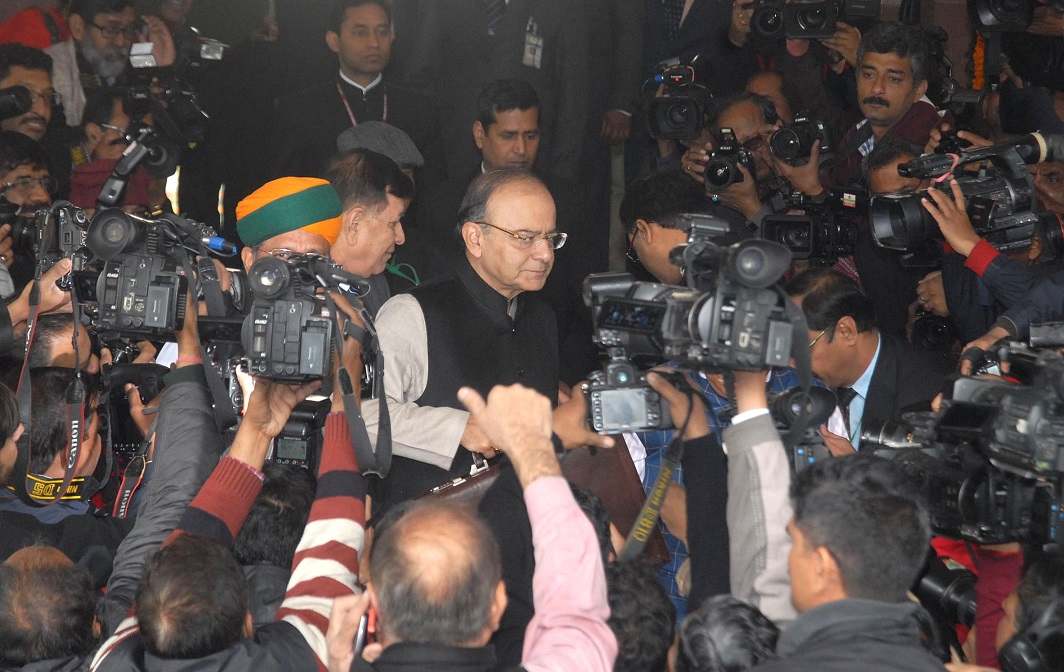

 India News24 hours ago
India News24 hours ago
 Cricket news23 hours ago
Cricket news23 hours ago
 India News23 hours ago
India News23 hours ago
 India News19 hours ago
India News19 hours ago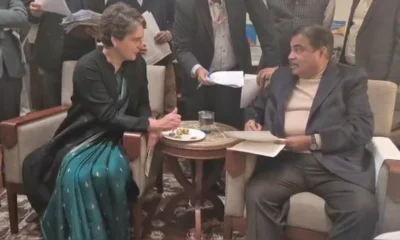
 India News18 hours ago
India News18 hours ago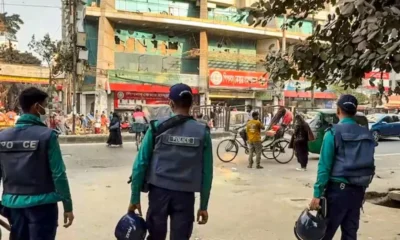
 Latest world news18 hours ago
Latest world news18 hours ago
 Latest world news1 hour ago
Latest world news1 hour ago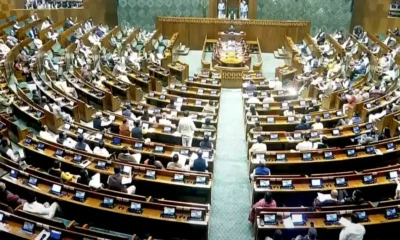
 India News52 mins ago
India News52 mins ago


